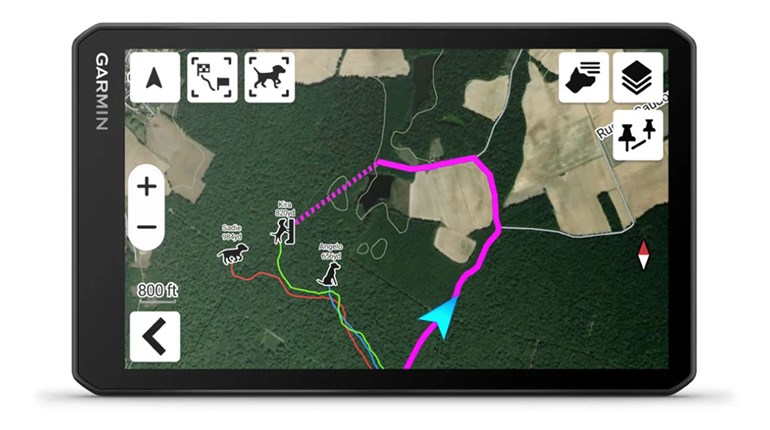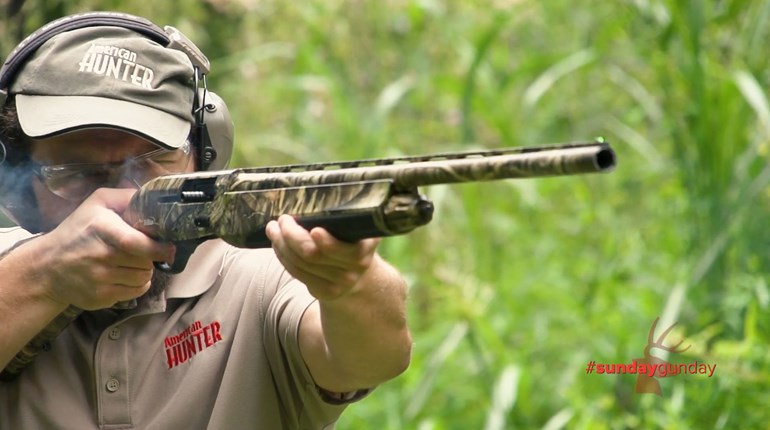
The word "ballistics" is derived from the Greek word ballista, which was an ancient military siege engine resembling a large bow stretched with cords and thongs and employed to hurl stones. These days, ballistics may be defined as the science of the motion of projectiles in flight, as well as the analysis of the flight characteristics of a projectile.
Additionally, ballisticians study the processes within a firearm as it is fired, along with the end result of a projectile (or multiple projectiles) striking a target. As a result of centuries of cumulative ballistic investigation, shooters and hunters are now able to obtain a working knowledge of both the expected and actual performances of firearms and ammunition. The science of ballistics is usually divided into three sequential parts: interior, exterior and terminal.
Interior ballistics may be defined as the study of the processes within a firearm as it is fired, and the firign characteristics of a firearm or cartridge. Exterior ballistics may be defined as the science of the motion of projectiles in flight, and the flight characteristics of a projectile. Terminal ballistics may be defined as the study of projectiles as the y strike, penetrate and—in the case of military, security or hunting use—incapacitate or kill the target. In plain terms:
- Interior ballistics studies phenomena that occur inside the firearm;
- Exterior ballistics studies the bullet as it flies through the air; and
- Terminal ballistics studies the bullet as it strikes and penetrates the target.
Of the three types of ballistic studies, interior ballistics probably remains the most mysterious for the average shooter. This is because what goes on inside the chamber and bore of a firearm is usually accessible only with specialized equipment. While a knowledge of interior ballistics will enhance any shooter's ability to get the most out of his or her guns and loads, it must be remembered that it's still largely an empirical science.
In the end, optimizing the performance of a particular gun and load usually comes down to careful experimentation—and for many shooters, that's where the fun is.




































